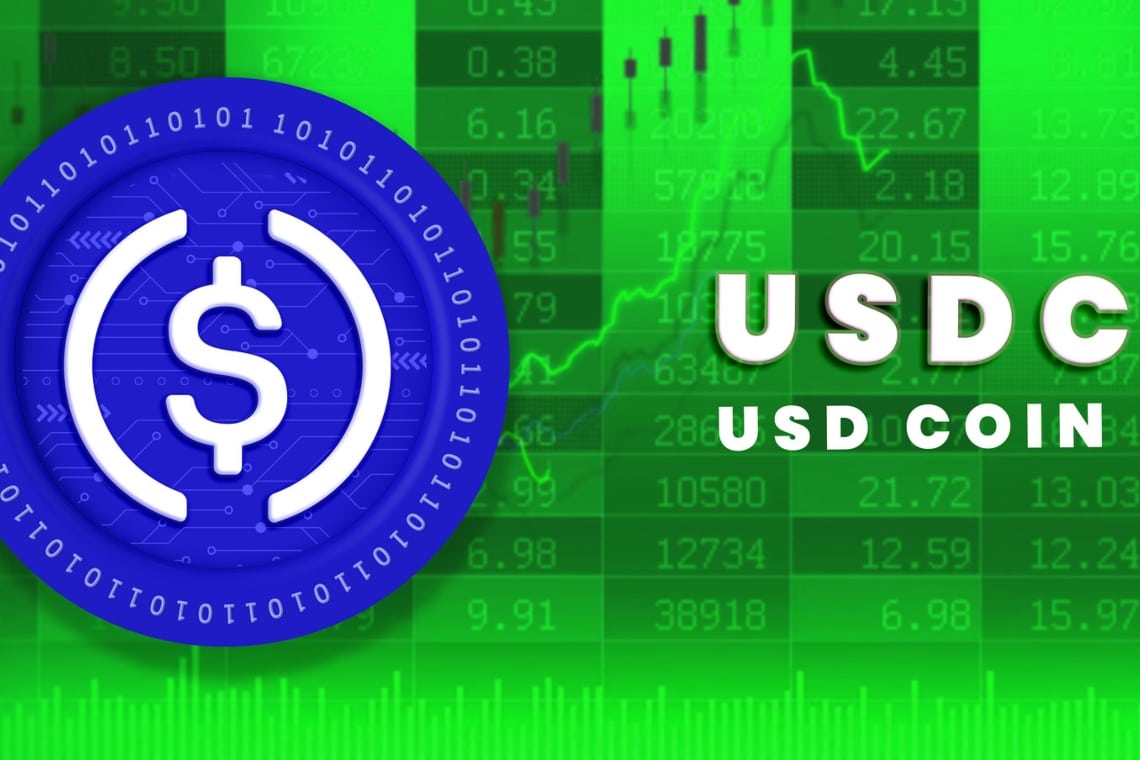Cryptocurrency users flocked to DEXs, loaded with USDC, following the collapse of Silicon Valley Bank (SVB). A similar case is the FTX collapse, which led to a similar exodus from centralized exchanges as users feared they might lose access to funds during crises.
Summary
Why did USDC tokens move to DEXs after SVB’s demise?
Outflows from centralized exchanges often increase when markets are in turmoil, blockchain analytics firm Chainalysis said in a blog post on 16 March.
This is because users are likely worried about losing access to their funds when exchanges decline. Chainalysis data show that hourly outflows from CEXs to DEXs increased to more than $300 million on 11 March, just after SVB was shut down by a California regulator.
A similar phenomenon was observed during the collapse of the FTX cryptocurrency exchange last year amid fears that the contagion could spread to other cryptocurrency companies.
However, data from blockchain analytics platform Token Terminal suggest that the increase in daily trading volumes for large DEXs was short-lived in both cases.
In each case, USDC was identified as one of the main assets transferred to DEXs.
Something Chainalysis said was not surprising, given that USDC was de-pegged after stablecoin issuer Circle announced that it had $3.3 billion in reserves locked up on SVB, prompting many CEXs, such as Coinbase, to temporarily suspend USDC trading.
However, what was surprising, Chainalysis noted, was the increase in USDC takeovers on large DEXs such as Curve3pool and Uniswap. More specifically, the blockchain analytics firm wrote the following:
“Several resources have seen big spikes in user acquisition, but none more so than USDC.”
Chainalysis theorized that this was due to confidence in the stablecoin, with some cryptocurrency users loading up on USDC while it was relatively cheap and betting that it would regain its peg, which it did on 13 March according to CoinMarketCap.
USDC bounces back to peg despite SVB
Circle’s USD Coin stablecoin (USDC) is bouncing back to its $1 peg after the confirmation by the CEO Jeremy Allaire that the company’s reserves are safe and that the company has new banking partners lined up to “open bank tomorrow morning.”
According to CoinGecko data, USDC rose 3.3% in the past 24 hours to stand at $0.99.
The price fell as low as $0.87 over the weekend due to concerns about $3.3 billion in USDC reserves held at Silicon Valley Bank, which was shut down by the California Department of Financial Protection and Innovation on 10 March.
Circle also has an undisclosed amount of reserves locked up at the recently failed Silvergate.
In a Twitter thread on 12 March, Allaire praised the US government and the Federal Reserve for their $25 billion funding program to support cash-strapped banks like SVB, stating:
“100% of USDC reserves are also safe and secure and we will complete our transfer for the remaining SVB liquidity to BNY Mellon. As previously shared, liquidity operations for USDC will resume tomorrow morning when banks open.”
Allaire added that following the implosion of the crypto-friendly Signature Bank on 12 March, Circle is no longer able to process the minting and redemption of USDC through SigNet and that the company will temporarily rely on arrangements through BNY Mellon.
The CEO stressed that things will move quickly in this regard. Allaire’s statement and the Federal Reserve’s announcements were followed by a significant surge in asset prices across the board, with the total market capitalization of cryptocurrencies now above $1 trillion after falling sharply to $961 billion on 11 March.
The similar case with the collapse of FTX
As anticipated, a similar case to this had already happened with the FTX collapse. In fact, DeFi platforms had posted profits between the collapse of FTX and the exodus of CEXs. A week after the fallout from the FTX and Alameda chaos, it is interesting to observe what happened to some on-chain data points.
Even though record amounts of Bitcoin and Ethereum were flowing out of exchanges, not all decentralized applications (dApps) and protocols had shown growth, mainly due to the dependence on FTX and Alameda.
According to Token Terminal’s earnings rankings at the time, the three protocols had recorded revenues in excess of $1 million. Ethereum led on-chain earnings with over $8.5 million in total, a sign of strong post-merger fundamentals.
OpenSea was a distant second to Ethereum, earning $1.5 million, while nine DeFi protocols and platforms earned more than $100,000. Combined with the migration from centralized exchanges (CEX), the volatile cryptocurrency market has users exchanging record numbers.
According to Token Terminal data, the daily trading volume of perpetual exchanges had reached $5 billion, which was the highest daily trading volume since the collapse of LUNA and TerraUSD (UST) in May 2022 .




